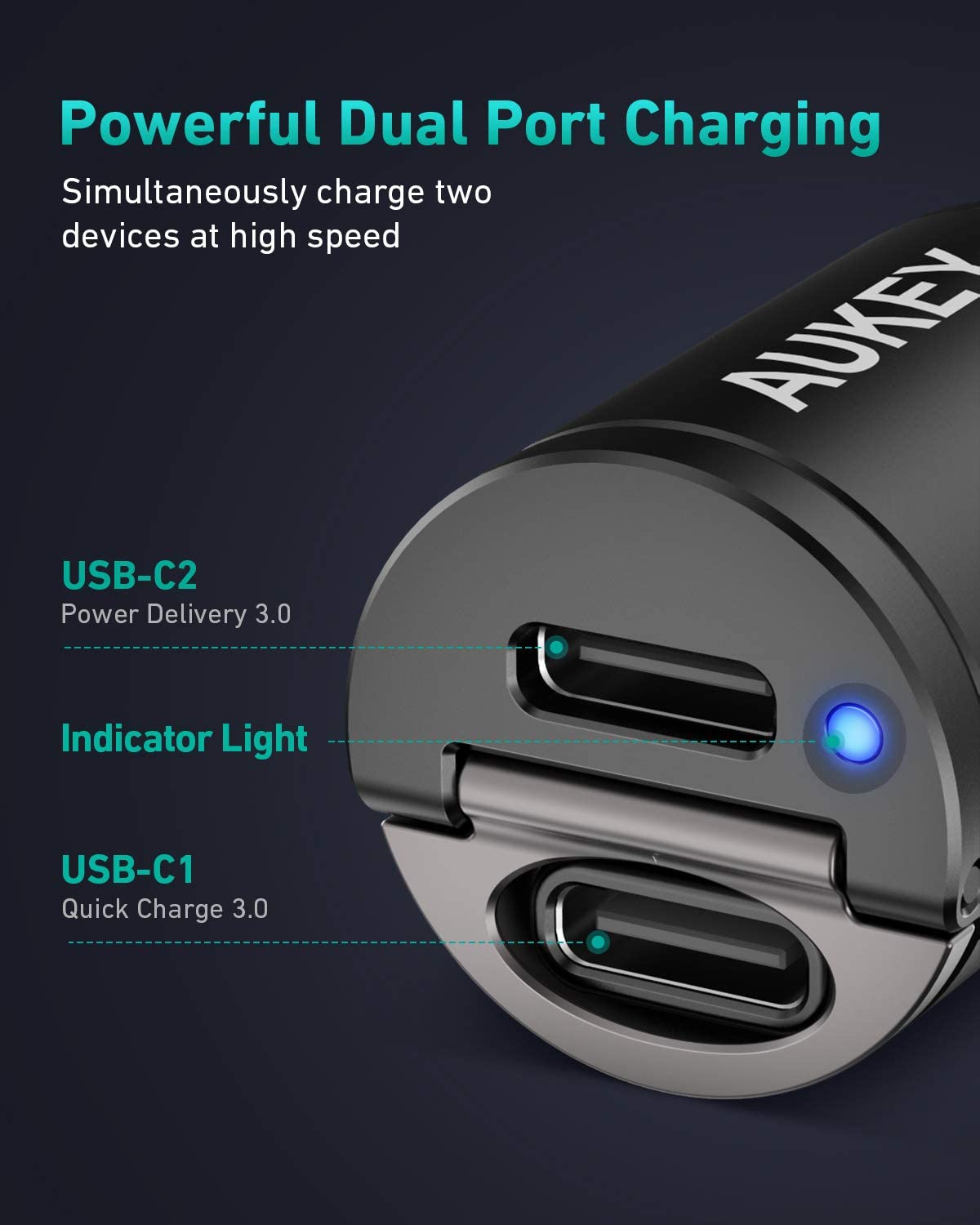


UDP – is for connection less applications. It has built in error checking and will re transmit missing packets. TCP – is for connection orientated applications. The TCP/IP protocol supports two types of port- TCP Port and UDP Port. Ports are implemented at the transport layer as part of the TCP or UDP header as shown in the schematic below:

IP addresses are implemented at the networking layer which is the IP layer. Note: You may find reading the article on the TCP/IP protocol suite useful to understand the following Client port numbers are dynamically assigned, and can be reused once the session is closed.
Transmission for mac port closed plus#
TCP SocketsĪ connection between two computers uses a socket.Ī socket is the combination of IP address plus port When a Web browser connects to a web server the browser will allocate itself a port in this range.
Transmission for mac port closed free#
Ports 49152-65535– These are used by client programs and you are free to use these in client programs. User written programs should not use these ports. Ports 1024-49151- Registered Port -These can be registered for services with the IANA and should be treated as semi-reserved. e.g Web servers normally use port 80 and SMTP servers use port 25 (see diagram above). These are allocated to server services by the Internet Assigned Numbers Authority (IANA). Port numbers are divided into ranges as follows: Port Number Ranges and Well Known PortsĪ port number uses 16 bits and so can therefore have a value from 0 to 65535 decimal However each apartment also has an apartment number which corresponds to the Port number. If you use a house or apartment block analogy the IP address corresponds to the street address.Īll of the apartments share the same street address. The diagram below shows a computer to computer connection and identifies the IP addresses and ports. The use of ports allow computers/devices to run multiple services/applications. Just as the IP address identifies the computer, The network port identifies the application or service running on the computer. However an IP address alone is not sufficient for running network applications, as a computer can run multiple applications and/or services. The IP address identifies the device e.g. On a TCP/IP network every device must have an IP address.


 0 kommentar(er)
0 kommentar(er)
